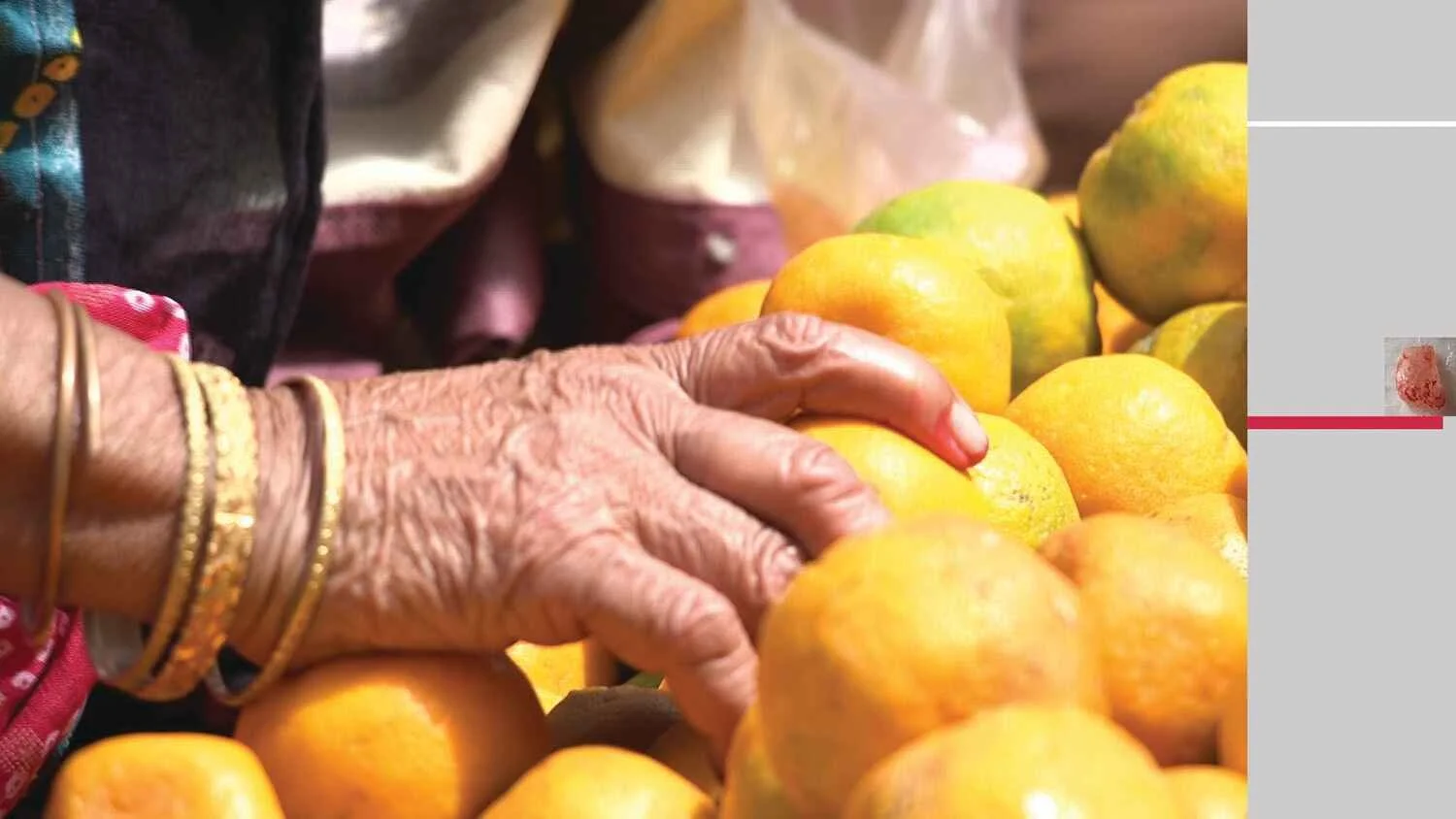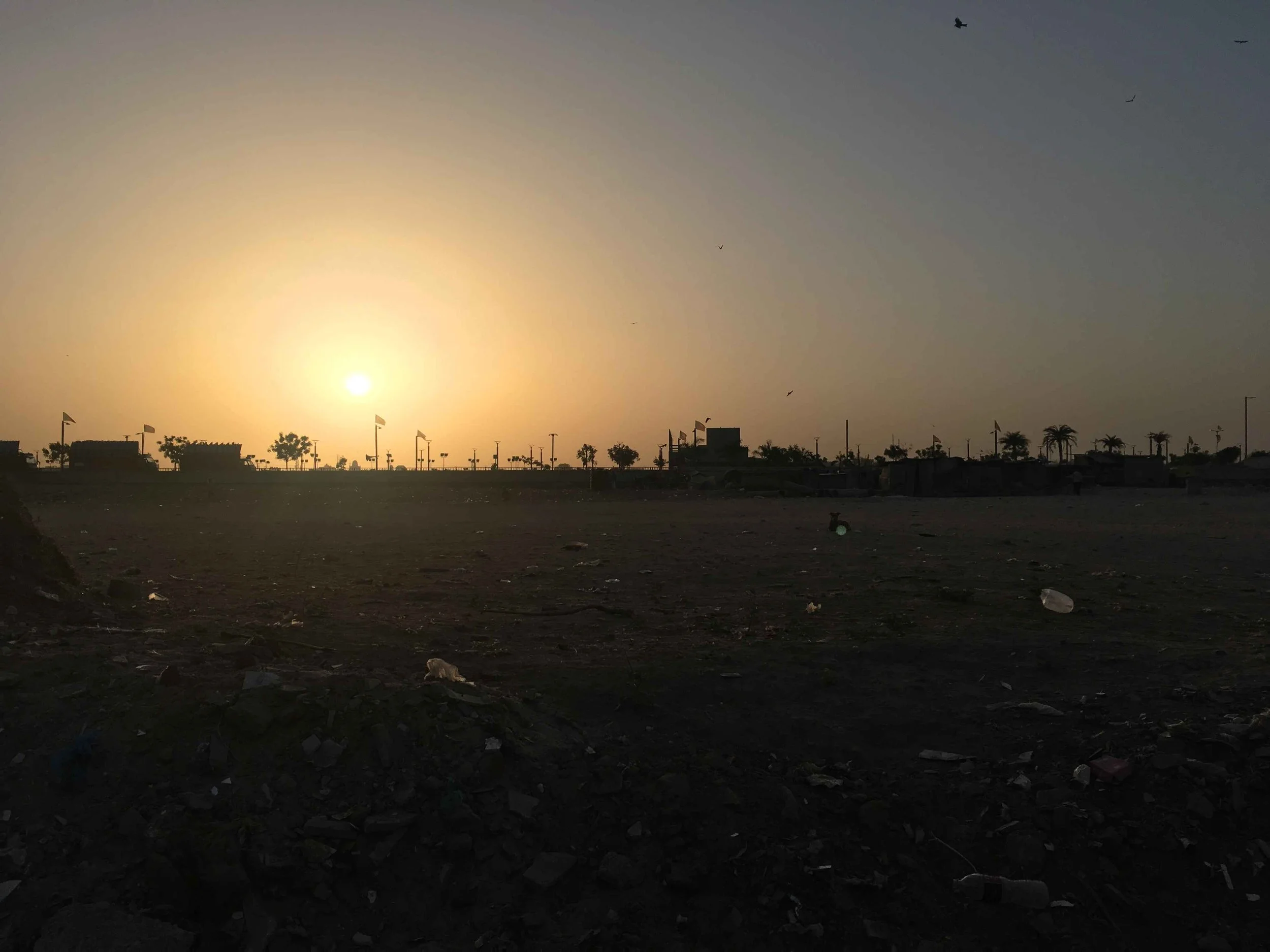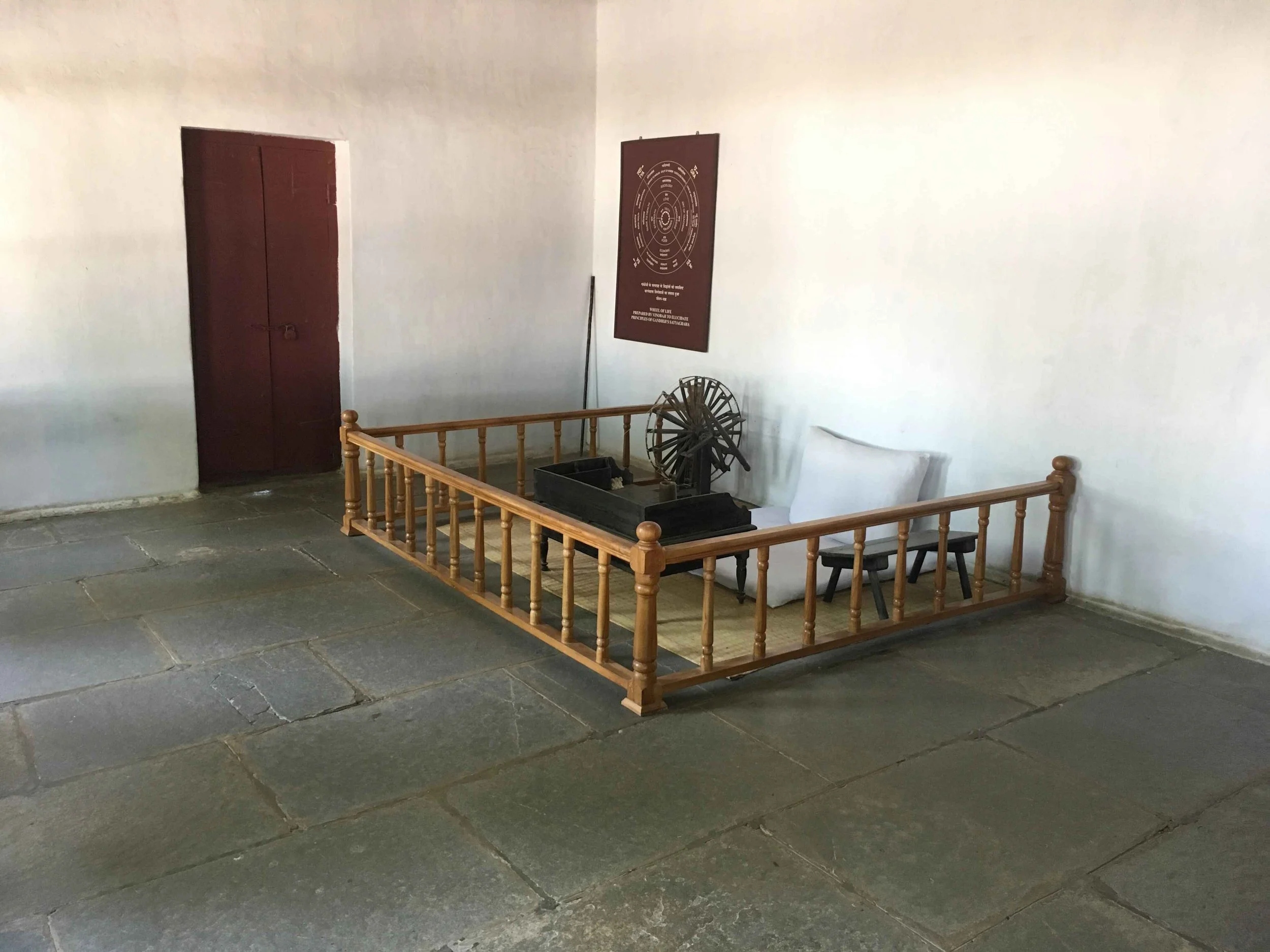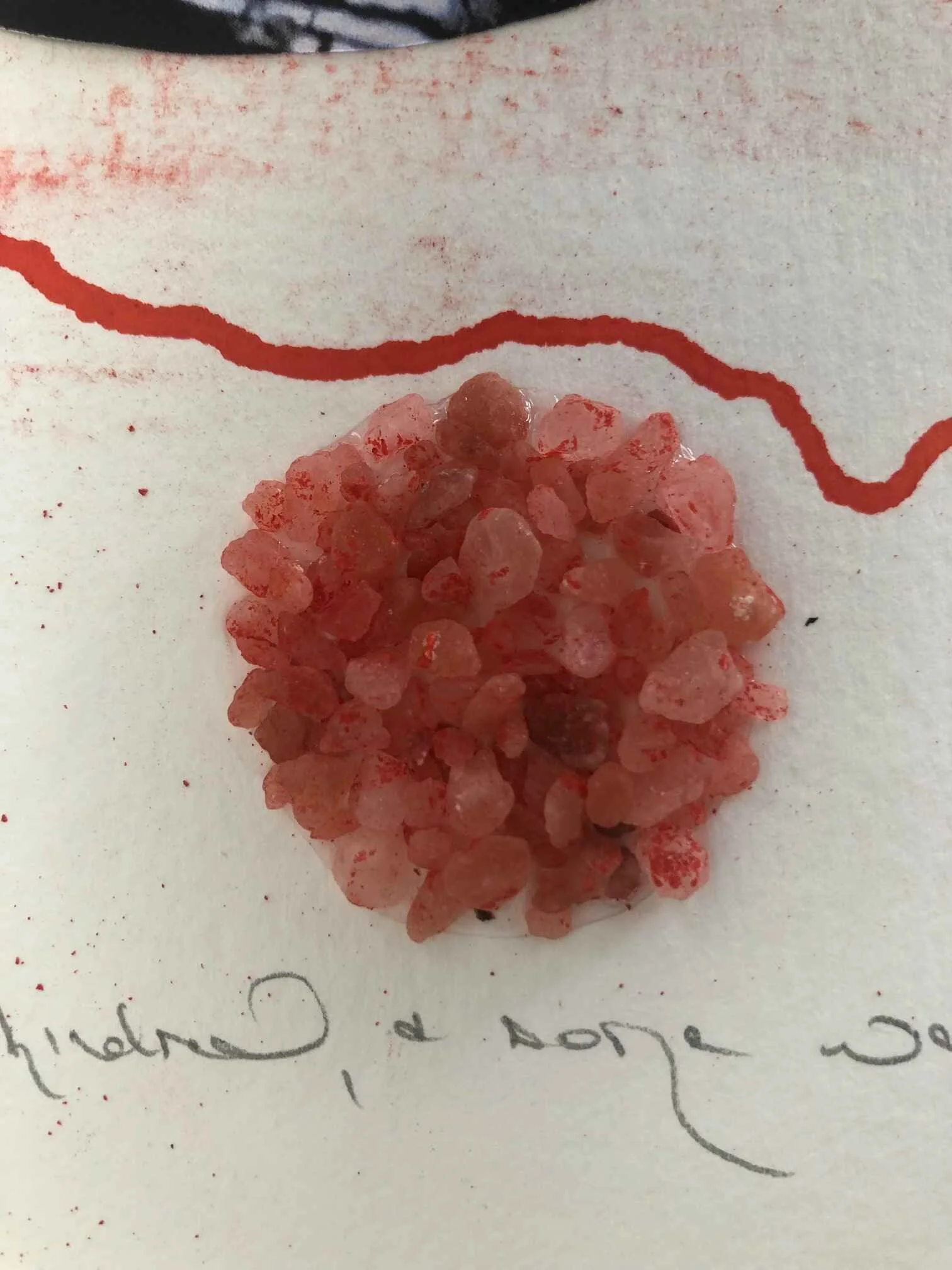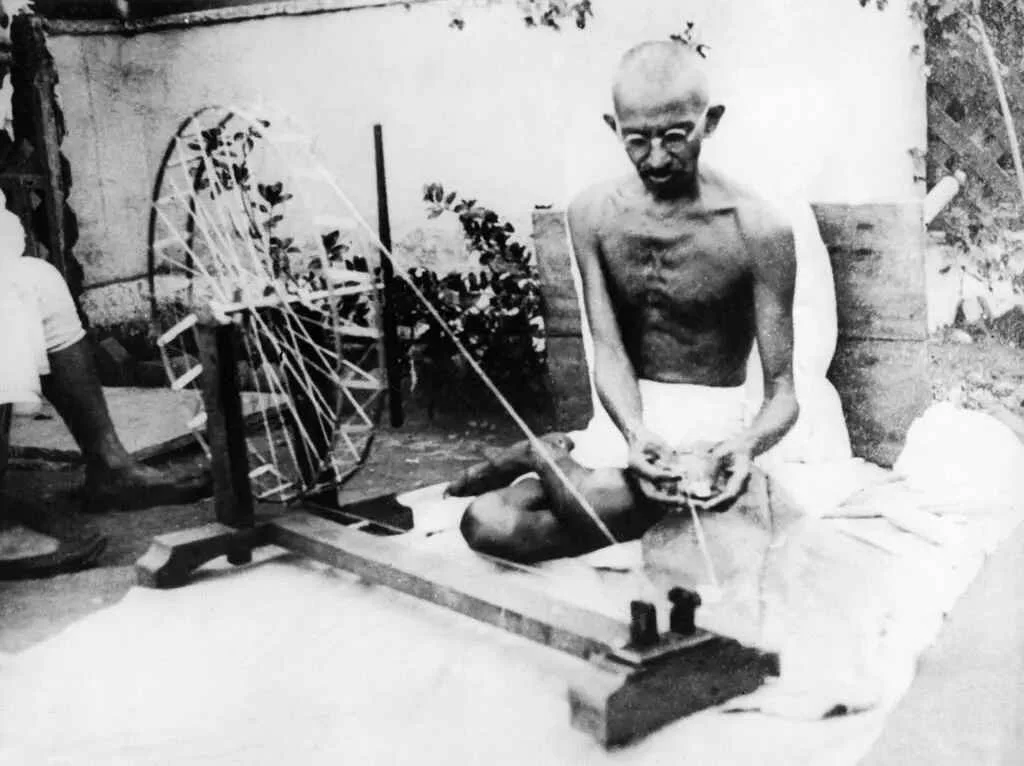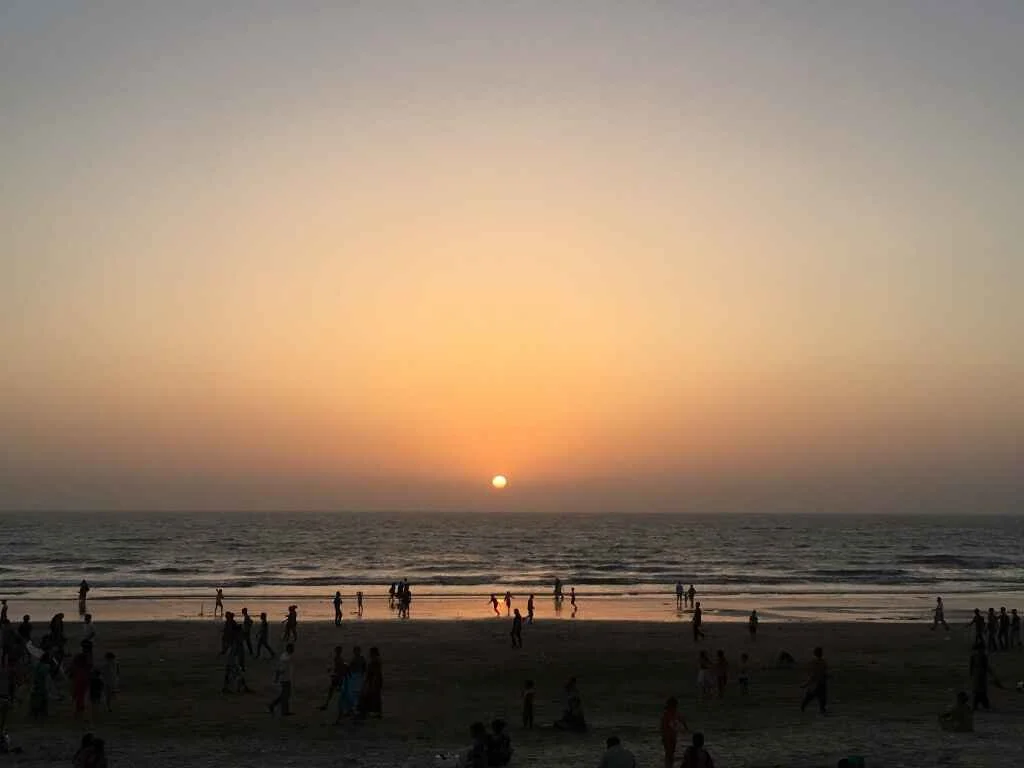Sabarmati Vector
Gujarat, India
The Salt March, also known as the Dandi March or Salt Satyagraha, was a critical event in the Indian independence movement led by Mohandas Karamchand Gandhi, playing a crucial role in mobilising the masses against the British salt monopoly and highlighting the injustice of the salt tax imposed by the British colonial government. Undertaking field research in 2017, we followed the route of Gandhi’s Salt March throughout Gujarat, India, as part of our overall research into Gandhi’s political thought and action. Our aim was to gain insight into Gandhi’s political imaginary as it is figured through the act of walking, whose limit and measure is the body’s own – hands and feet – and whose emphasis is on a continuity across difference.
The route of Gandhi’s Salt March is as follows:
Sabarmati Ashram – 12 March 1930
Day 1. Ahmedabad to Anslali: 12 March 1930
Day 2. Aslali to Navagam: 13 March 1930
Day 3. Navagam to Matar: 14 March 1930
Day 4. Matar to Nadiad: 15 March 1930
Day 5. Nadiad to Anand: 16 March 1930
Day 6. Rest Day in Anand: 17 March 1930
Day 7. Anand to Borsad: 18 March 1930
Day 8. Borsad to Kareli (Crossing the Mahi River): 19 March 1930
Day 9. Rest Day in Kareli: 20 March 1930
Day 10. Kareli to Ankhi: 21 March 1930
Day 11. Ankhi to Amod: 22 March 1930
Day 12. Amod to Samni: 23 March 1930
Day 13. Rest Day in Samni: 24 March 1930
Day 14. Samni to Derol: 25 March 1930
Day 15. Derol to Ankleshwar (Crossing the Narmada River): 26 March 1930
Day 16. Ankleswar to Mangrol: 27 March 1930
Day 17. Mangrol to Umracchi: 28 March 1930
Day 18. Umracchi to Bhatgam: 29 March 1930
Day 19. Bhatgam to Delad: 30 March 1930
Day 20. Rest Day in Delad: 31 March 1930
Day 21. Delad to Surat (Crossing the Tapi River): 1 April 1930
Day 22. Surat to Vanz: 2 April 1930
Day 23. Vanz to Navsari: 3 April 1930
Day 24. Navsari to Matwad: 4 April 1930
Day 25. Metwad to Dandi: 5 April 1930
Dandi Beach – 6 April 1930
The Salt March had a profound impact on the Indian independence movement. It drew international attention to the Indian struggle for freedom and significantly increased the momentum of this movement. The campaign, which was part of Gandhi’s larger campaign of satyagraha, demonstrated the power of nonviolent resistance in the face of oppressive colonial rule.
Sabarmati Vector
A Film Essay by Kreider + O’Leary
‘Sabarmati Vector’, film still (2014)


